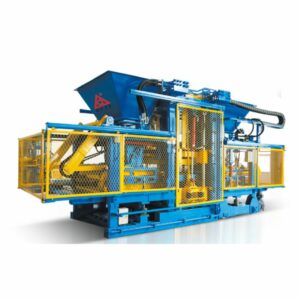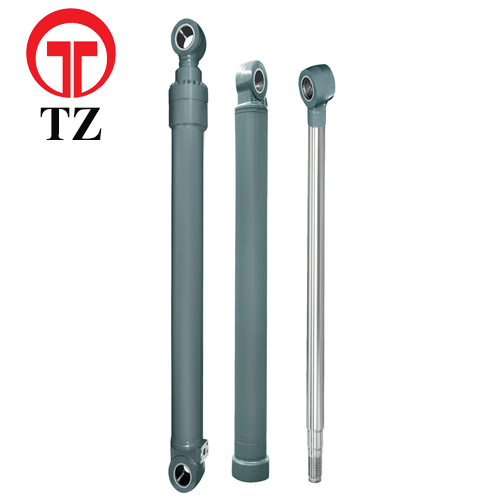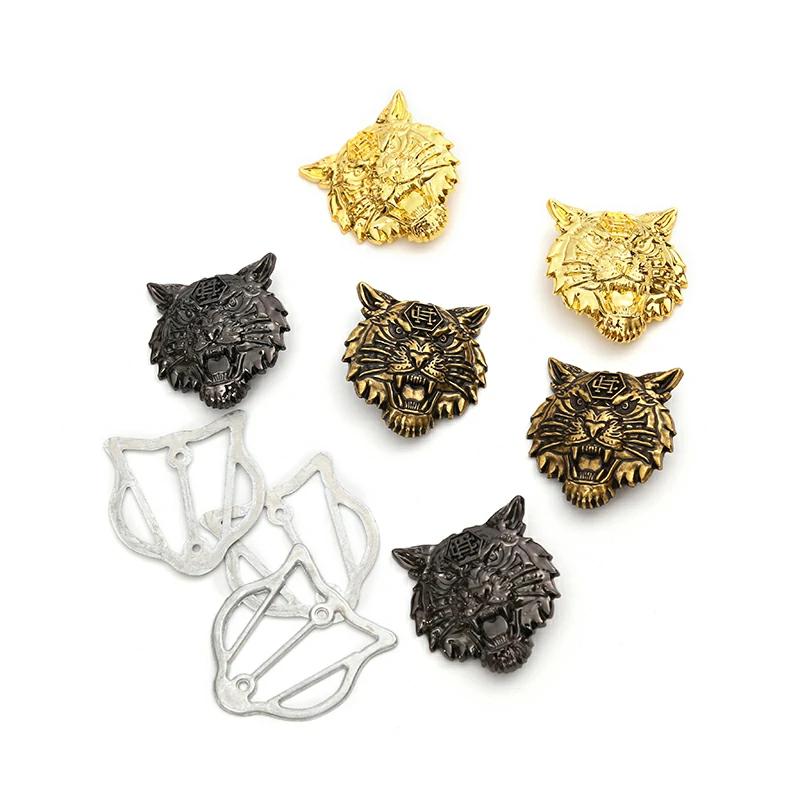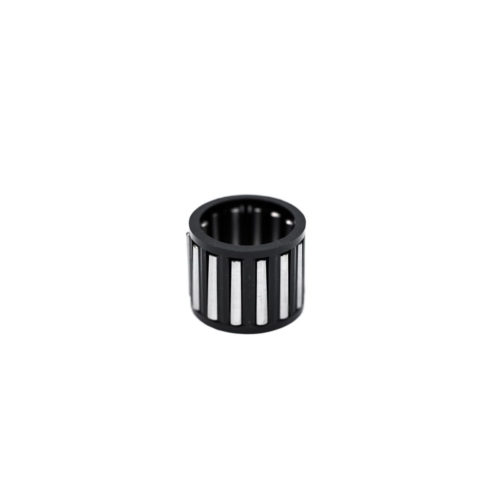Determining the accuracy and precision of packaging testing equipment is essential to ensure reliable and consistent test results.
Here are some methods to assess these qualities:
Calibration and Verification: Calibration is the process of comparing the measurement performance of the equipment against a known reference or standard. Ensure that the equipment is calibrated regularly by a certified calibration laboratory or according to the manufacturer’s recommendations. Calibration certificates should provide information on the accuracy of the equipment.
Reference Samples: Test the packaging testing equipment using reference samples with known properties. These samples should have well-documented characteristics, such as known strength, dimensions, or performance. Compare the test results obtained from the equipment with the expected values of the reference samples to assess the accuracy of the equipment.
Inter-laboratory Testing: Participate in inter-laboratory testing programs or collaborate with other testing laboratories to compare the results obtained from your equipment with those from other laboratories using the same or similar equipment. This helps identify any discrepancies or variations in the results, providing insights into the precision and consistency of your equipment.
Repeatability and Reproducibility: Evaluate the repeatability (within-laboratory precision) and reproducibility (between-laboratory precision) of the equipment. Repeat tests on the same sample multiple times using the equipment and assess the variability in the results. Additionally, compare the results obtained by different operators or in different laboratories using the same equipment to evaluate the consistency and reproducibility.
Statistical Analysis: Employ statistical tools to analyze the data obtained from the equipment. Calculate measures such as standard deviation, coefficient of variation, or confidence intervals to assess the precision and variability of the test results. Statistical analysis provides quantitative measures of the accuracy and precision of the equipment.
Quality Control Samples: Incorporate quality control samples into your testing procedures. These samples have known characteristics and are regularly tested alongside your test samples. By monitoring the performance of the equipment on quality control samples over time, you can detect any drift or changes in accuracy and precision.
Accreditation and Compliance: Seek accreditation from a recognized accreditation body for your testing laboratory. Accreditation bodies assess the competence and compliance of laboratories with certain standards, including the accuracy and precision of testing equipment. Accreditation demonstrates that your equipment has been evaluated and meets specific quality requirements.
Equipment Specifications and Manufacturer Information: Review the equipment specifications provided by the manufacturer. Look for information on the accuracy, precision, resolution, and repeatability of the equipment. Manufacturer-provided documentation and technical information can give insights into the performance characteristics of the equipment.
It’s important to note that accuracy and precision can be influenced by various factors, including operator proficiency, sample preparation, environmental conditions, and equipment maintenance. packaging testing equipment Therefore, it’s crucial to establish and follow standardized operating procedures and quality control measures to ensure consistent and reliable testing results.
Consulting with equipment manufacturers, engaging in proficiency testing programs, collaborating with other testing laboratories, and seeking guidance from accreditation bodies can provide further assistance in evaluating the accuracy and precision of packaging testing equipment.
How can I find a recognized accreditation body to seek accreditation for my testing laboratory?
To find a recognized accreditation body for seeking accreditation for your testing laboratory, you can follow these steps:
Research National or Regional Accreditation Bodies: Start by researching national or regional accreditation bodies that operate in your country or region. These organizations are responsible for accrediting testing laboratories and ensuring their compliance with relevant standards and guidelines. Examples of well-known accreditation bodies include ANSI-ASQ National Accreditation Board (ANAB) in the United States, UK Accreditation Service (UKAS) in the United Kingdom, National Association of Testing Authorities (NATA) in Australia, and Deutsche Akkreditierungsstelle (DAkkS) in Germany.
Check International Accreditation Forum (IAF) Membership: The International Accreditation Forum (IAF) is a global association of accreditation bodies that provides a directory of its member organizations on its website. By visiting the IAF website, you can find a list of accreditation bodies that are recognized internationally. These accreditation bodies typically comply with international standards and guidelines, making their accreditation widely accepted and recognized.
Consult Government Agencies and Regulators: Government agencies or regulators in your industry or sector may provide information on recognized accreditation bodies. For example, regulatory bodies in the healthcare, environmental, or food safety sectors often maintain lists of approved accreditation bodies for relevant testing laboratories. Contact the appropriate government agency or regulatory body in your field to inquire about recognized accreditation bodies.
Industry Associations and Networks: Industry associations or professional networks in your specific field may have knowledge of recognized accreditation bodies. These associations often provide resources and guidance for testing laboratories and can help you identify accreditation bodies that are recognized and respected within your industry. Reach out to relevant industry associations or networks to seek their recommendations.
Consult Peers and Experts: Engage with colleagues, peers, or experts in your field who have experience with accreditation. They can provide insights and recommendations based on their own accreditation experiences and knowledge of recognized accreditation bodies.
Verify Accreditation Body Recognition: Once you identify potential accreditation bodies, verify their recognition and acceptance by checking with regulatory authorities, customers in your industry, or other relevant stakeholders. Ensure that the accreditation body you choose aligns with your specific industry requirements and is widely recognized and respected.
It’s important to note that the accreditation process can be rigorous and may involve detailed assessments, documentation, and audits of your laboratory’s quality management system and testing procedures. Be prepared to meet the necessary requirements and invest the required time and resources to achieve accreditation.
Additionally, accreditation bodies may have specific criteria, fees, and timelines for the accreditation process. Contact the accreditation bodies directly to obtain detailed information about their accreditation requirements, processes, and associated costs.
By following these steps and conducting thorough research, you can find a recognized accreditation body that aligns with your industry and seek accreditation for your testing laboratory.








